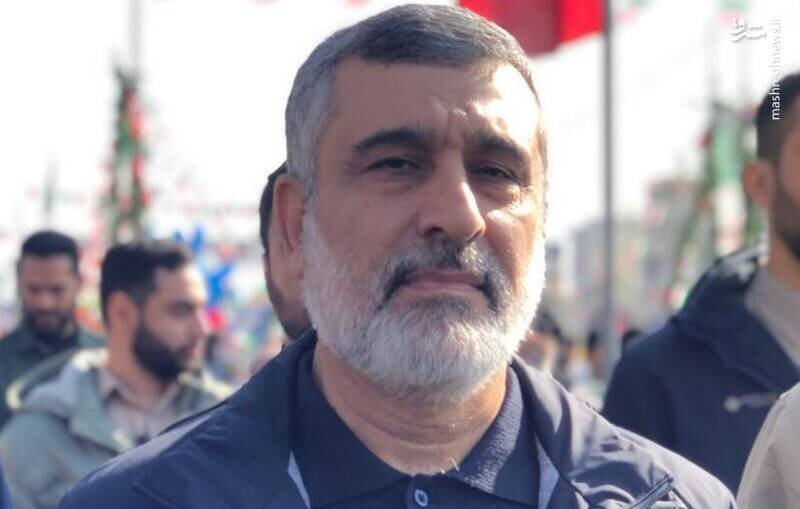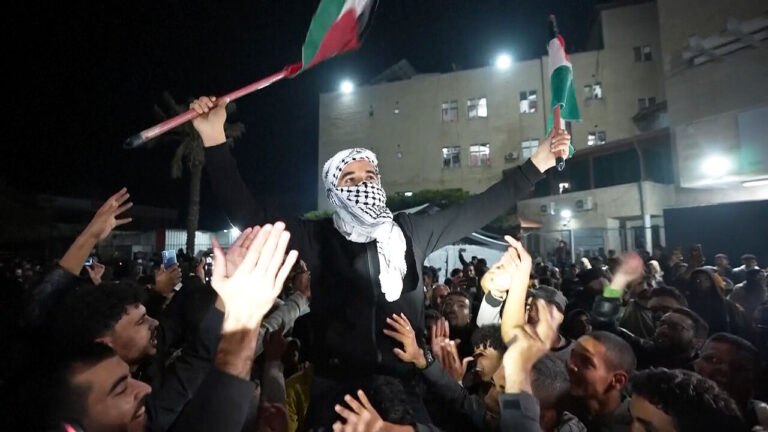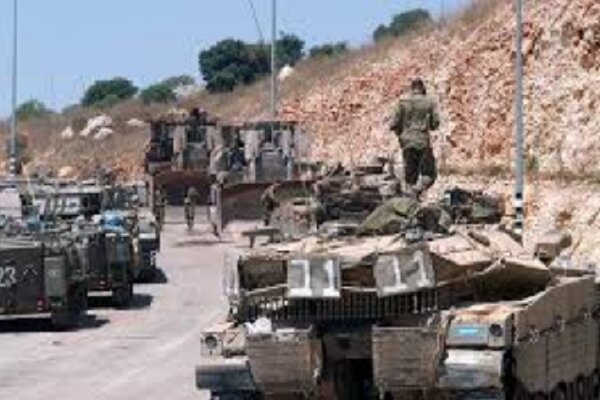50,000 U.S. Troops Stationed at 10 Military Bases Within Striking Distance of Iran
In recent statements that have reverberated across international news, Brigadier General Amir Ali Hajizadeh, the commander of the IRGC’s Aerospace Division, addressed the presence of American military forces in the region surrounding Iran. His remarks were made during the Eid al-Fitr celebrations in Tehran, marking a significant moment following the month of Ramadan.
Hajizadeh expressed concerns regarding the military posture of the United States in the Middle East, highlighting the implications of their strategic positioning. He stated, “The Americans have 10 [military] bases in the region, particularly around Iran, and 50,000 troops based in there.” This assertion underscores the heightened tensions and military readiness in the area.
The IRGC commander added, “This means they are sitting in a glass house; and when one sits in a glass house, one does not throw stones at others.” This metaphor emphasizes the vulnerability of U.S. forces and suggests a cautionary stance regarding their military actions.
The context of Hajizadeh’s comments is particularly significant considering recent threats made by U.S. President Donald Trump. Trump warned that Iran would face military action if it failed to negotiate a new agreement with the United States. On Saturday, he reiterated his stance by stating that Iran would be bombed if it does not make a deal with the U.S.
These developments raise several key points regarding the current geopolitical landscape:
- Increased Military Presence: The U.S. maintains a substantial military presence in the region, which includes 10 bases and approximately 50,000 troops.
- Tensions with Iran: Ongoing threats from U.S. leadership have heightened tensions between the two nations.
- Strategic Implications: The metaphor of a “glass house” suggests a precarious situation for U.S. forces, implying that aggressive postures may lead to unintended consequences.
As the situation evolves, the international community watches closely, awaiting further developments. The interplay between military strategy and diplomatic negotiations remains critical, particularly in light of historical tensions between the U.S. and Iran.
Hajizadeh’s comments reflect a broader sentiment within Iran regarding the perceived threat from U.S. military forces. This perspective is not only a response to current events but also rooted in a long history of conflict and rivalry in the region.
Furthermore, the implications of these statements extend beyond mere rhetoric. They highlight the potential for military escalation if diplomatic solutions are not pursued effectively. The call for a new deal by the U.S. government adds another layer of complexity to the situation, as Iran remains wary of U.S. intentions.
In conclusion, as both nations navigate this fraught landscape, the emphasis on dialogue and negotiation becomes increasingly vital. The stakes are high, and the potential for misunderstanding or miscalculation could lead to significant regional instability.
In summary, the remarks made by Brigadier General Amir Ali Hajizadeh serve as a poignant reminder of the delicate balance of power in the Middle East. With military posturing and diplomatic negotiations at the forefront, the world remains attentive to future developments and their potential repercussions.






